South Africa’s two major cities present dramatically different faces of this complex nation. While barely 800 miles apart, Cape Town and Johannesburg might as well exist on different continents, given their distinct personalities, histories, and cultural landscapes.
First-time visitors often express surprise at just how dramatically these urban experiences differ despite sharing national identity. Here is a list of 16 culturally distinct things to expect when comparing Cape Town and Johannesburg, revealing how these cities represent fundamentally different South African experiences.
Geographic Identity
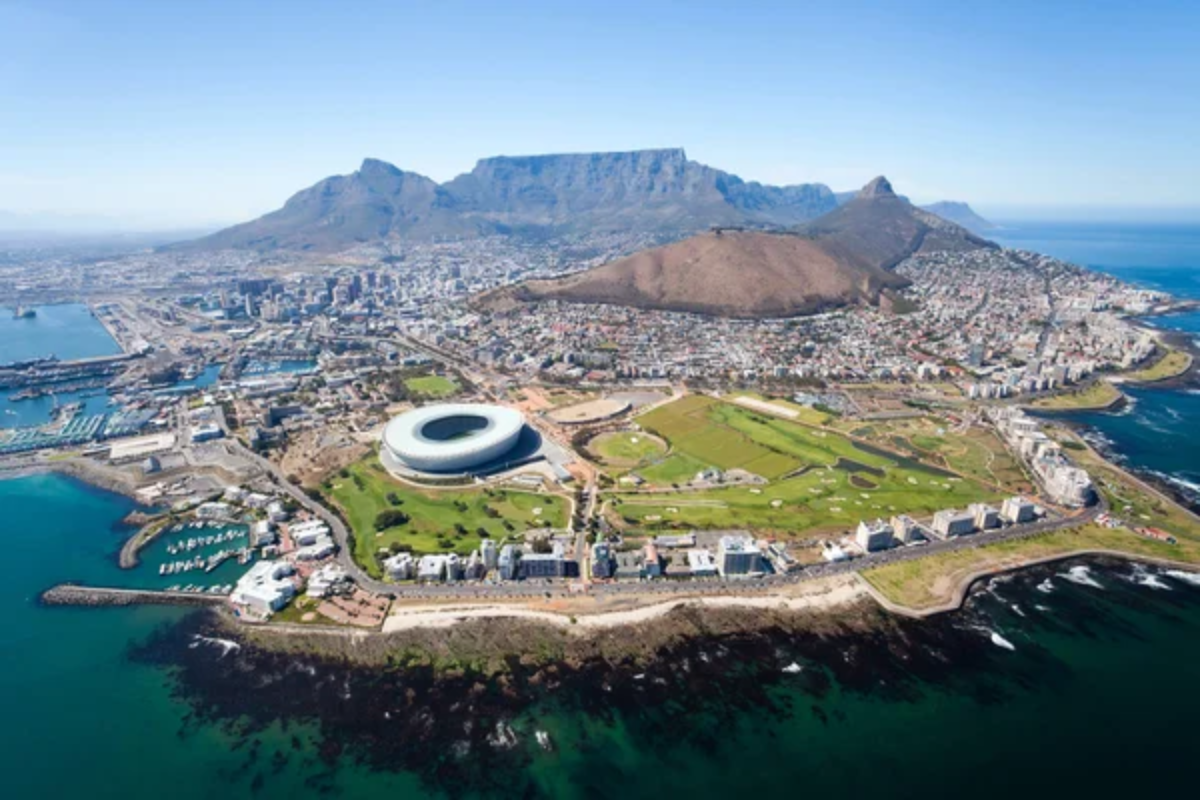
Cape Town’s dramatic setting shapes everything about the city – Table Mountain dominates not just the skyline but local consciousness, creating a shared reference point visible from nearly anywhere. Capetonians navigate by mountain orientation, casually referencing “mountainside” or “seaside” when giving directions that would baffle Joburgers.
Johannesburg sprawls across a high plateau without natural boundaries, creating a vastly different spatial awareness among residents who navigate primarily by man-made landmarks and neighborhood boundaries. This fundamental geographic distinction creates entirely different urban rhythms – Cape Town’s natural barriers focus development while Johannesburg expands seemingly without limit.
Colonial Footprints

Cape Town wears its colonial history openly – Dutch and British architectural influences remain immediately visible throughout the city center and historic neighborhoods. The distinctly European feel of districts like Gardens and Constantia reflects the city’s position as South Africa’s oldest European settlement and longest-standing colonial outpost.
Johannesburg emerged far later during the 1880s gold rush, bypassing formal colonialism for rapid industrial development driven by mining wealth. The resulting architectural landscape reflects early 20th-century prosperity more than colonial administration, creating a fundamentally different historical ambiance between the cities.
Like Travel Pug’s content? Follow us on MSN.
Language Landscapes

Cape Town conversations flow through multiple languages, with English and Afrikaans dominating central areas while isiXhosa prevails in many townships. The Western Cape’s distinct linguistic blend creates unique communication patterns heard nowhere else – Afrikaans terms pepper otherwise English sentences while uniquely Capetonian expressions transcend language boundaries.
Johannesburg features greater linguistic diversity, reflecting migration patterns from across South Africa and neighboring countries. isiZulu, Sesotho and Setswana conversations dominate different neighborhoods, creating a more complex linguistic patchwork than Cape Town’s relatively predictable language geography.
Creative Energy

Johannesburg pulses with raw creative energy – street art transforms entire districts while independent galleries showcase cutting-edge African contemporary art addressing urgent social issues. The city’s artistic fearlessness reflects urban grittiness, with abandoned industrial spaces reinvented as creative hubs housing everything from experimental theater to pan-African fashion incubators.
Cape Town’s creative scene presents more polished, market-ready aesthetics – design-forward spaces showcase commercially viable creativity that sometimes prioritizes international tastes over local innovation. The resulting creative landscapes attract distinctly different artistic temperaments – Johannesburg drawing raw experimentalists while Cape Town appeals to refined design professionals.
Culinary Traditions
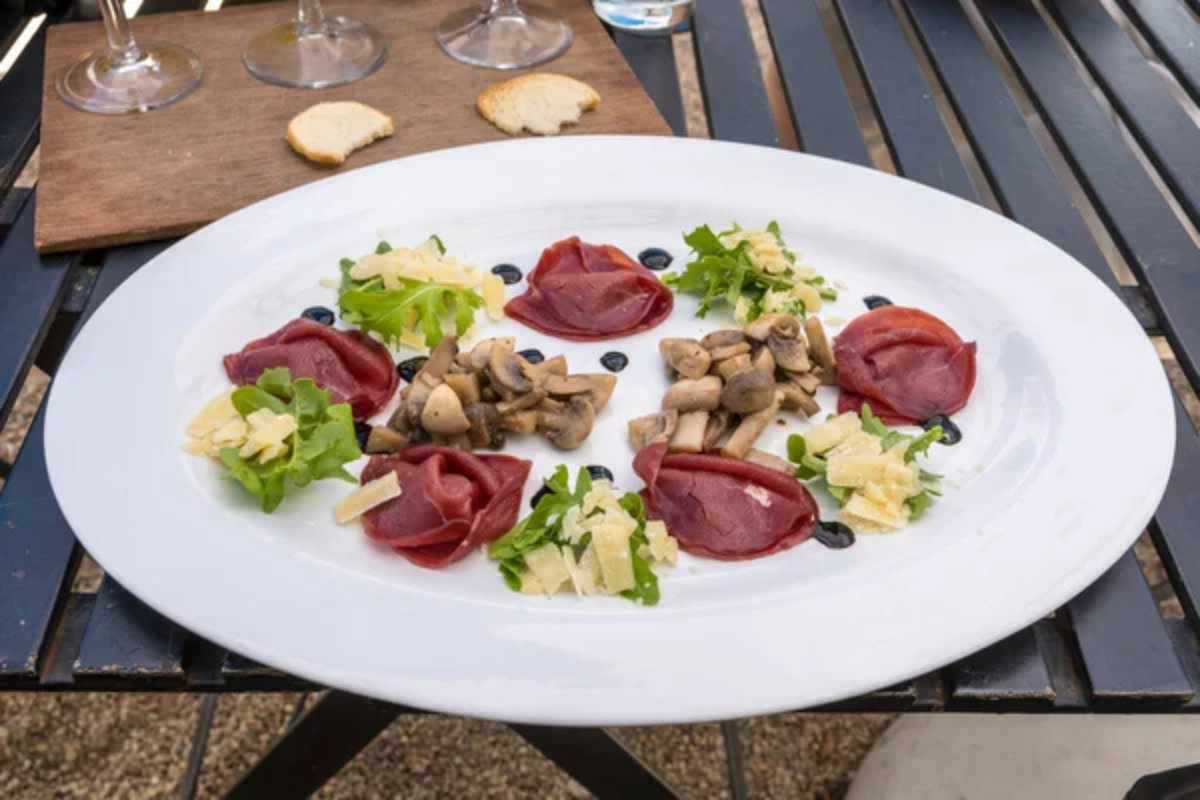
Cape Town’s food scene reflects its coastal setting and multicultural heritage – Cape Malay cuisine blends Malaysian, Indonesian, and Dutch influences into dishes found nowhere else in South Africa. The nearby Winelands influence dining culture substantially, with long, leisurely meals and wine pairings normalized even in casual contexts.
Johannesburg embraces pan-African culinary influences alongside township cooking traditions – Ethiopian restaurants thrive alongside establishments serving Mozambican peri-peri and South African braai specialties. The faster-paced city lifestyle creates different dining patterns, with quick business lunches balanced by elaborate weekend socializing centered around food.
Like Travel Pug’s content? Follow us on MSN.
Relationship With Nature

Cape Town integrates natural environments into daily life – hiking trails begin where suburban streets end, while beaches provide after-work recreation minutes from office districts. Outdoor activity becomes a lifestyle rather than a special occasion, with mountain biking, surfing, and hiking functioning as routine social activities rather than vacation pursuits.
Johannesburg maintains more separation between urban and natural environments, with weekend escapes to game reserves requiring planning rather than spontaneous afternoon adventures. The city compensates through created green spaces – elaborate gardens and parks carved from former mining landscapes through deliberate human intervention rather than natural blessing.
Security Cultures
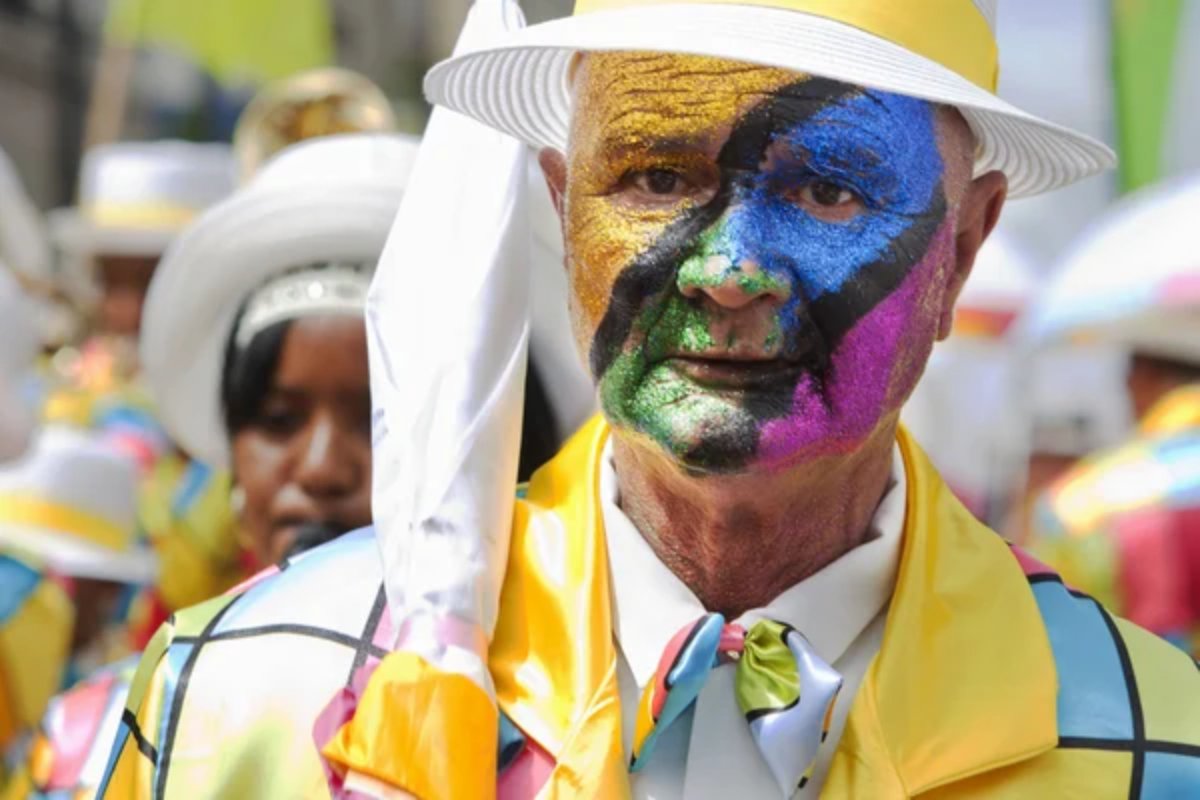
Johannesburg developed sophisticated security consciousness through decades of navigating complex urban safety challenges – residents instinctively practice situational awareness behaviors that become second nature. Conversations casually reference security measures that would seem extreme elsewhere, from electrified fencing to neighborhood WhatsApp alert groups coordinating community responses.
Cape Town maintains similar security infrastructure in wealthy areas but presents greater contrasts between secured zones and open public spaces, particularly along the tourist-friendly coastline. The resulting safety cultures create distinctly different visitor experiences – Johannesburg requires more advanced planning, while Cape Town permits more spontaneous exploration in certain areas.
Wealth Display

Johannesburg wealth expressions prioritize contemporary luxury – the latest vehicle models, cutting-edge smart homes, and international designer labels signaling success in Africa’s economic powerhouse. New money dominates social hierarchies, with entrepreneurial success and business achievement creating accessible paths to elite status regardless of background.
Cape Town’s wealth often manifests through generational advantages – family homes in historic neighborhoods, inherited vineyard ownership, or long-standing club memberships creating privilege barriers less permeable to newcomers. The resulting social environments create distinctly different status competitions – Johannesburg rewards visible achievement, while Cape Town sometimes prioritizes established positions.
Like Travel Pug’s content? Follow us on MSN.
Racial Geographies
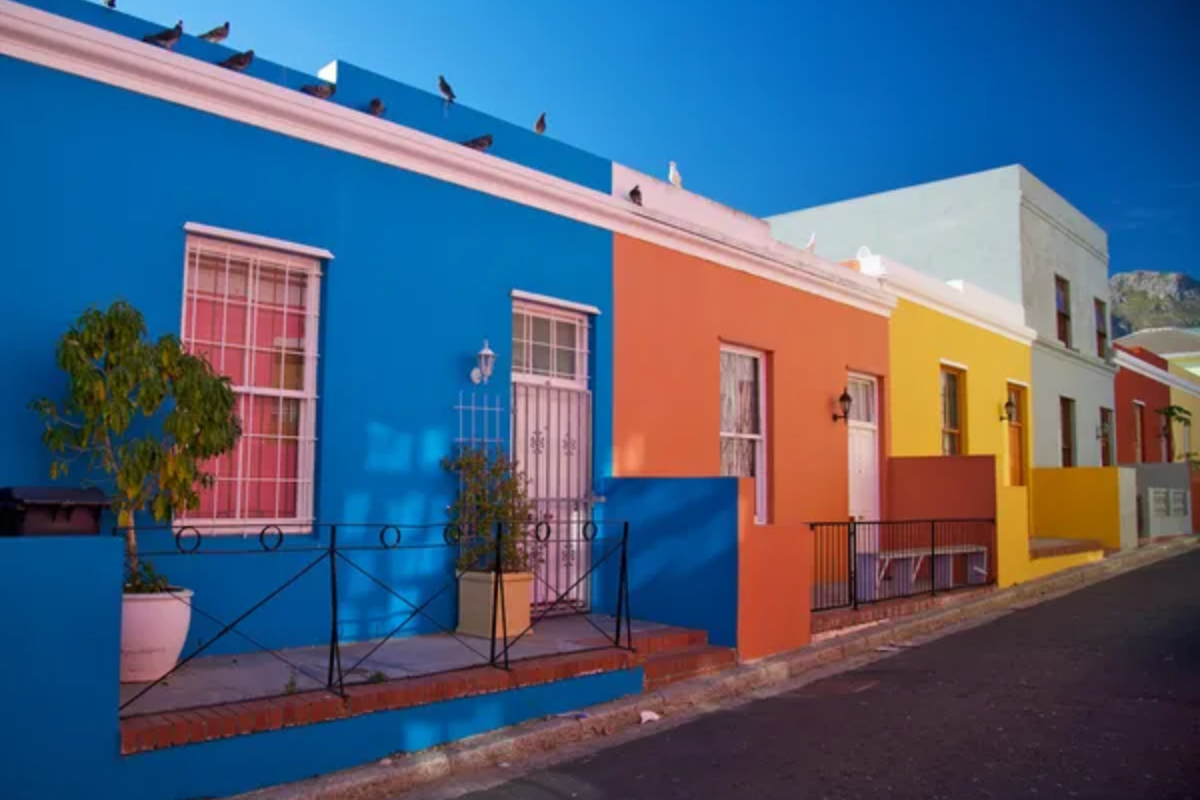
Cape Town’s racial divisions remain starkly visible through geographic separation – affluent coastal areas maintaining overwhelming white demographic profiles while townships remain predominantly Black and Coloured communities. This persistent spatial apartheid creates parallel experiences of the city, with township residents regularly traveling hours to reach workplace opportunities in previously white-only areas.
Johannesburg’s rapid post-apartheid transformation created more visibly integrated urban spaces, particularly in business districts and northern suburbs where racial diversity appears more normalized. The resulting integration patterns create fundamentally different social environments – Cape Town’s beauty sometimes masks persistent segregation, while Johannesburg’s chaotic energy enables more visible diversity.
Music Movements
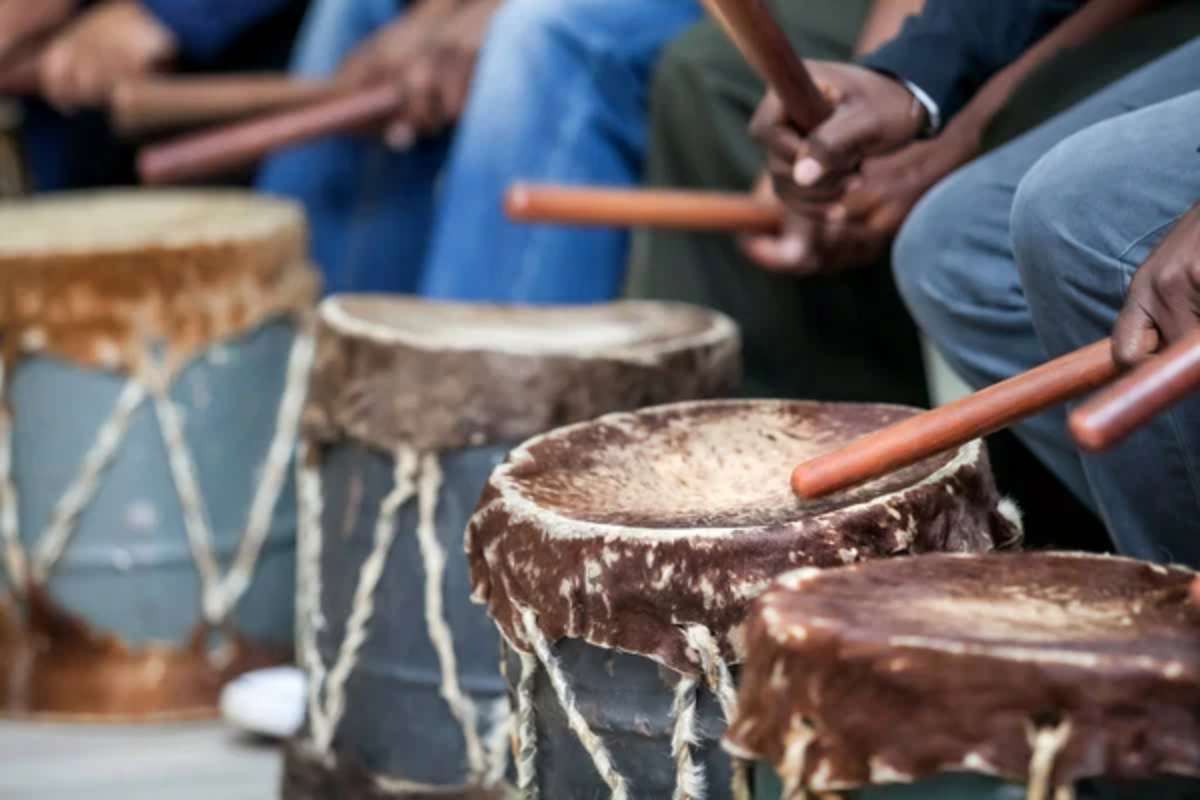
Johannesburg birthed distinctive South African music movements from township jive to kwaito and now amapiano – the city’s sound reflecting the urban African experience through constantly evolving forms. Music functions as both entertainment and social commentary, with lyrics addressing township realities while creating infectious dance rhythms embraced across social boundaries.
Cape Town adapted rather than originated distinctive musical styles, with jazz traditions and, more recently, electronic music scenes drawing international influences into locally palatable forms. The resulting musical landscapes create different nightlife experiences – Johannesburg celebrates distinctly South African sounds, while Cape Town sometimes prioritizes international musical trends.
Fashion Statements

Johannesburg street style fearlessly combines traditional African elements with global fashion trends, creating bold visual statements through color, pattern, and proportion. Fashion functions as performance art and identity statement, with personal style expectations extending beyond special occasions into everyday presentations.
Cape Town fashion typically presents more restrained aesthetics – understated luxury mixed with practical outdoor elements reflecting the city’s active lifestyle and natural setting. The resulting fashion landscapes create immediately visible distinctions between visitors from each city – Johannesburg residents standing out through dramatic style choices while Capetonians blend international trends with outdoor functionality.
Like Travel Pug’s content? Follow us on MSN.
Religious Expression
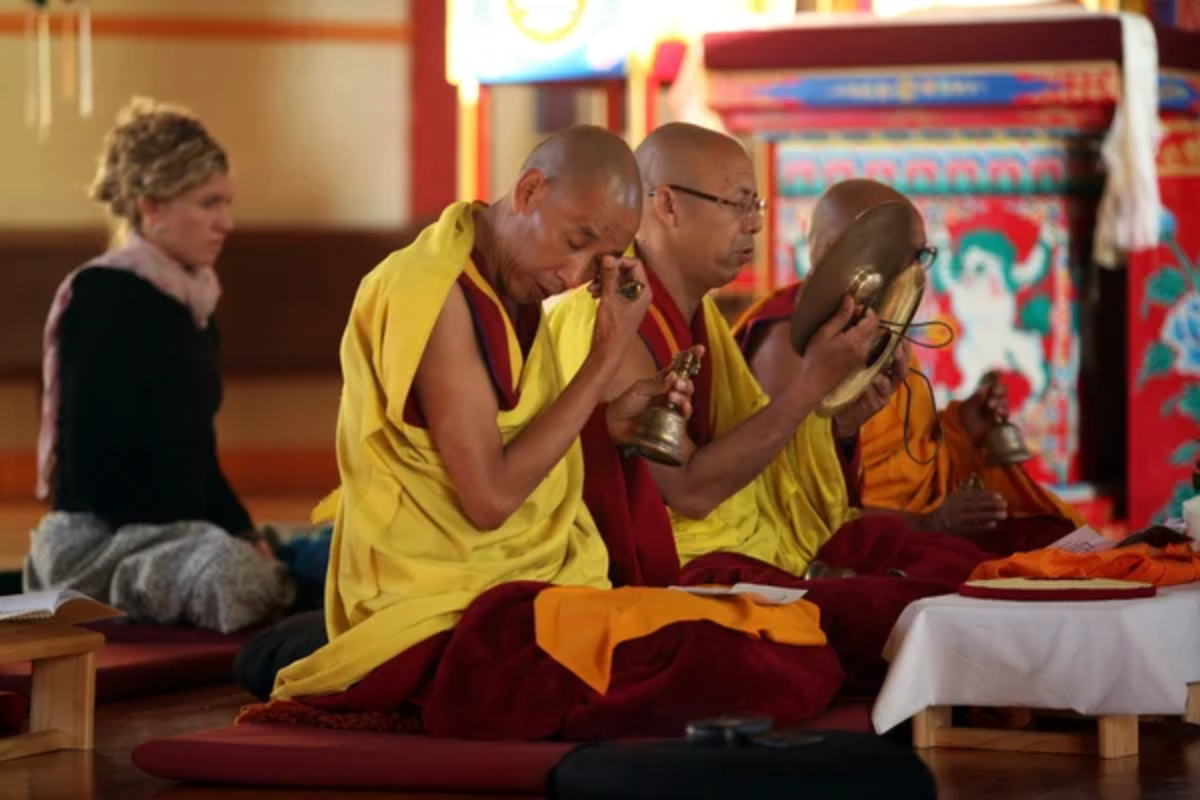
Cape Town’s religious landscape reflects its diverse origins – historic mosques in Bo-Kaap, ornate mission churches in townships, and mainline Protestant churches in affluent neighborhoods creating visibly different worship spaces. Muslim calls to prayer blend with church bells in older neighborhoods, creating multifaith soundscapes woven into city identity.
Johannesburg features a more evangelical Christian presence alongside traditional African spiritual practices that maintain a stronger presence than in Cape Town. Massive megachurches draw thousands each Sunday while traditional healers maintain practices addressing spiritual needs unmet by Western religions, creating complex religious landscapes blending multiple belief systems.
Coffee Culture

Cape Town embraced global coffee trends early – specialty roasters, carefully designed independent cafés, and barista competitions, creating a sophisticated coffee culture rivaling international destinations. The resulting coffee landscape emphasizes aesthetics alongside beverage quality, with Instagram-worthy café designs becoming destinations themselves.
Johannesburg developed coffee culture more pragmatically – initially through corporate chains before independent operators created distinctly South African coffee experiences focused on community-building alongside quality. The resulting coffee spaces serve different social functions – Cape Town cafés often function as remote workspaces, while Johannesburg coffee shops create community gathering points across demographic boundaries.
Architectural Attitudes

Johannesburg displays remarkable architectural courage – from Africa’s tallest buildings to dramatic contemporary designs, the city embraces architectural innovation regardless of historical context. Design philosophy emphasizes future potential over preservation, with aging structures regularly replaced by cutting-edge developments.
Cape Town guards its architectural heritage fiercely through preservation laws and height restrictions protecting historic neighborhoods and mountain views. Development battles become cultural flashpoints as the city navigates tensions between preservation and progress, creating fundamentally different urban evolution patterns from Johannesburg’s dynamic skyline changes.
Like Travel Pug’s content? Follow us on MSN.
Sporting Passions

Johannesburg embraces rugby and soccer with equal fervor – Orlando Stadium and Ellis Park represent different sporting traditions that transcend racial categorization despite historical associations. Major matches create city-wide energy, with jerseys appearing everywhere, from corporate offices to township taverns on game days.
Cape Town splits sporting loyalty more definitively – rugby retaining stronger support in historically white areas while soccer dominates township sporting culture. The city’s primary soccer team relocated to Johannesburg years ago, creating sports identity challenges only recently addressed through new franchise development while maintaining a strong rugby culture through the Stormers franchise.
International Orientation
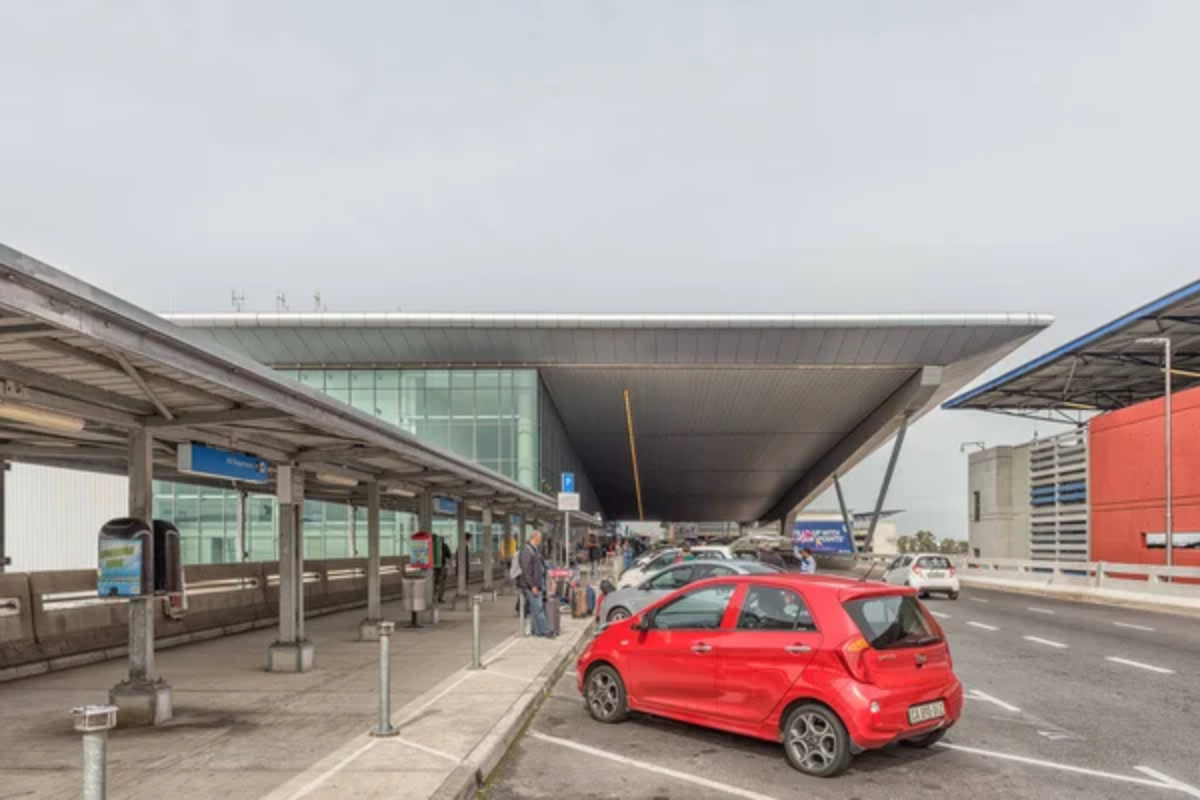
Cape Town faces Europe and America both literally and figuratively – the city’s tourism industry, business connections, and cultural references often look outward toward Western connections. International influences appear prominently in everything from restaurant concepts to architectural styles, creating spaces easily navigable for European and American visitors.
Johannesburg increasingly orients toward pan-African connections – business headquarters serving the continent, immigrant communities from across Africa, and cultural references drawing from the broader African experience rather than Western models. The resulting international flavors create distinctly different global connections – Cape Town as Africa’s European outpost versus Johannesburg as Africa’s African city.
Soul Beneath Surface
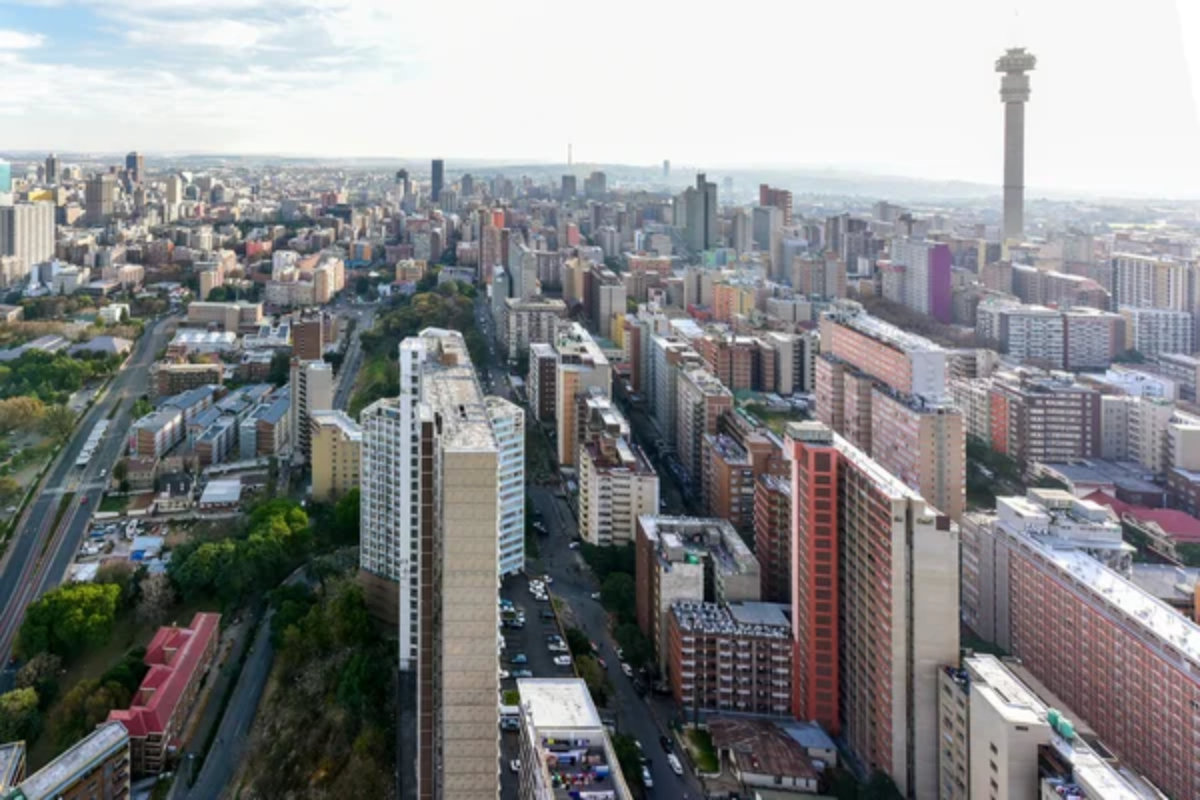
These urban rivals ultimately reveal different facets of South African identity – Cape Town showcases the nation’s natural splendor and complex colonial history, while Johannesburg embodies its economic engine and forward-looking energy. Neither represents the “real South Africa” in isolation, as the country contains multitudes beyond any single urban expression.
Understanding these differences helps visitors appreciate each city on its terms rather than comparing against inappropriate expectations. The true cultural distinction may lie in how each city faces South Africa’s future – Cape Town sometimes clinging to established patterns while Johannesburg embraces constant reinvention, both approaches reflecting legitimate responses to the nation’s ongoing social evolution.
More from Travel Pug

- Cities Growing so Fast You Won’t Recognize Them in 10 Years
- 13 Destinations Where Tourists Regularly Regret Their Trip
- 20 Obscure WWII Sites Even History Buffs Don’t Know About
- 10 Under-the-Radar Mountain Towns That Are Both Affordable and Beautiful
- Remote Villages in Europe Where You Can Live for Free in Exchange for Work
Like Travel Pug’s content? Follow us on MSN.
